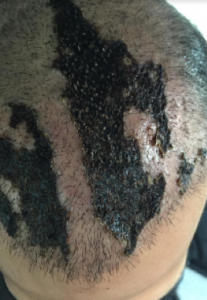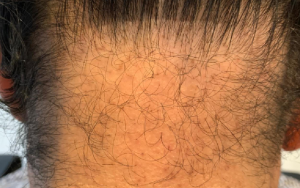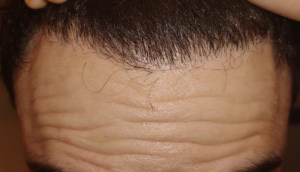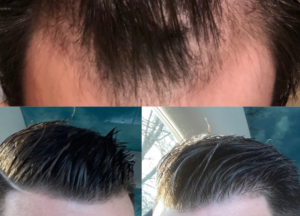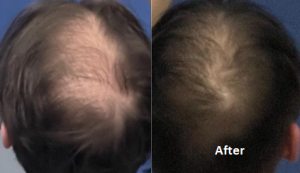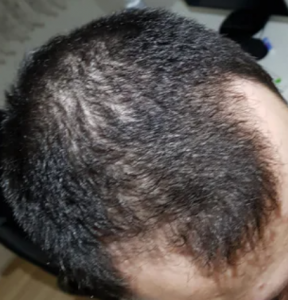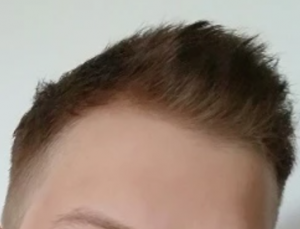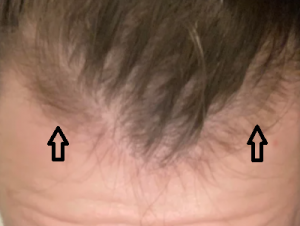If you have miniaturization on your scalp in the areas you are balding and then have a hair transplant, the miniaturized hairs get shocked out and often fall from the head. So we call this Shock Loss following a hair transplant. Finasteride can prevent this from happening.
I’ve been in fin for 5 years and maintained everything I had, even grown some back. Hairline looks great. A little thin around my right temple, but other that, great. Reason I’m stopping, is I’m having some slight pain when ejaculating and the wife and I have been trying to have another kid for almost a year with no luck. Semen seems to be hit or miss. Sometimes it looks thick, other times it looks thin and watery. Anyways,I’m 30 now, and just going to shave it all off. I’ll try to keep you guys updated if curious. I have stayed away from here from the fear mongering as it wasn’t healthy for my mental health, but wanted a place to post.
You should think twice about the decision to stop finasteride after 5 years of use. You will lose all of the hair you would have lost over the past 5 years once you stop the medication. I have seen many men regret the decision. Watery semen is a common occurrence. I am writing this to let you know the consequences of stopping finasteride.
Will microneedling be likely to impact on the ability to have successful hair transplants in future should they it be needed?
I don’t believe that microneedling will restrict any future hair transplant success. The depth of the microneedling is shallow compared to the hair follicle which ranges in size from 4-7mm in length. Microneedling rarely goes down any deeper than 1.5mm.
I recently got started with Min 10% topical and Fin 1mg, I have been noticing uneven heartbeat and uneasiness at the right side of my chest. Is this something I need to worry about, should I discontinue it?
Heart palpitations and chest pain can be caused by minoxidil, especially at the 10% dose you are taking. It is clearly being absorbed into your blood stream and probably making you hypotensive
Here are two photos which show two different patients who developed necrosis of the recipient area. These patients had their surgery in Turkey and will have to get wound care where they live. The area of necrosis will not grow hair. My clinic has performed over 16,000 hair transplant over 30 years with many doctors. We have never had a case of recipient area necrosis. I believe that these men had errors in their anesthetics that caused the problem. Turkey is no bargain when you don’t get a competent doctor doing your surgery. There are some very good doctors in Turkey and I doubt that the good doctors in Turkey get this complication.
Assuming that all of the grafts grew, your may have fine or very fine thickness hair. The total hair bulk needed to cover these areas are probably insufficient to get the density you want with the length of hair showing. Alternatively, if your hair is medium weight or thicker, it is likely that many of the grafts just didn’t grow. To get a fuller look, (1) longer hair will give you more hair bulk if your hair is fine, (2) more hair grafts will help for fine hair, or (3) if the hair transplant failed to grow all of the grafts, then another hair transplant would be a good idea, possibly with another surgeon, and (4) Scalp Micropigmentation can make the hair look fuller. You didn’t show the hairline so I can’t comment on that.
Note that the middle of the hairline is about one finger breadth above the highest crease of the furrowed brow. The hairline is one looks to the sides, creates a gentle V-Shape. The hairs in the hairline are mostly single hairs that allow a transition that makes the hairline not a line. Because this man has coarse hair, it is easier to see the single hairs in the front of the hairline on the photo below. This is a transplanted hairline but one would never know it by looking at it.


